Science improving our understanding of source water quality
Our science research team has been investigating innovative water quality monitoring options, including algal fluorescence sensors and satellite imagery, to better understand potential water quality risks from algal occurrences in Lake Burragorang.
Algae are a natural feature of aquatic environments, and most algae are harmless, except some types of cyanobacteria.
Commonly referred to as blue-green algae, cyanobacteria are photosynthetic bacteria that live in water and can produce toxins that can be a risk to livestock and cause public health issues for humans. The only way to tell if algae are harmful is to take a sample and analyse it in a laboratory.
“Lake Burragorang stores about 80 percent of Sydney's water, so improving our understanding of source water quality helps guide our operations and reduce the risk of harmful contaminant exposure,” WaterNSW Water Quality Scientist, Liz Symes, said.
“These water quality monitoring projects will enable WaterNSW to ensure that all possible data sources are leveraged in calibrating our Integrated Water Quality Model, vital for making high quality predictions of water quality.”
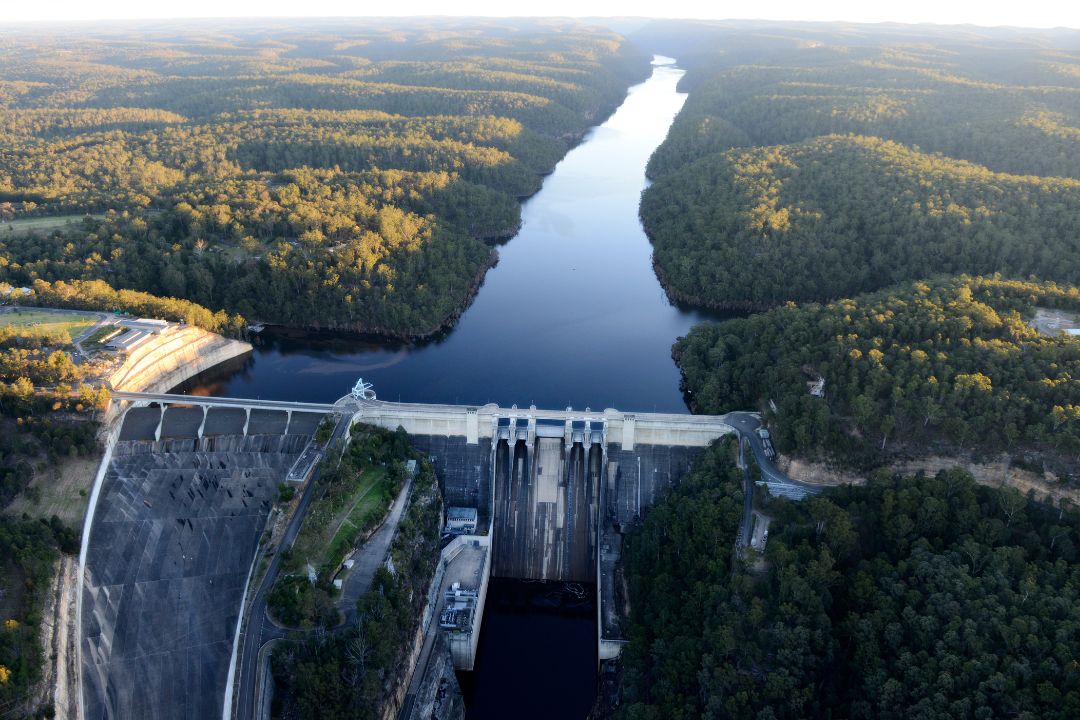
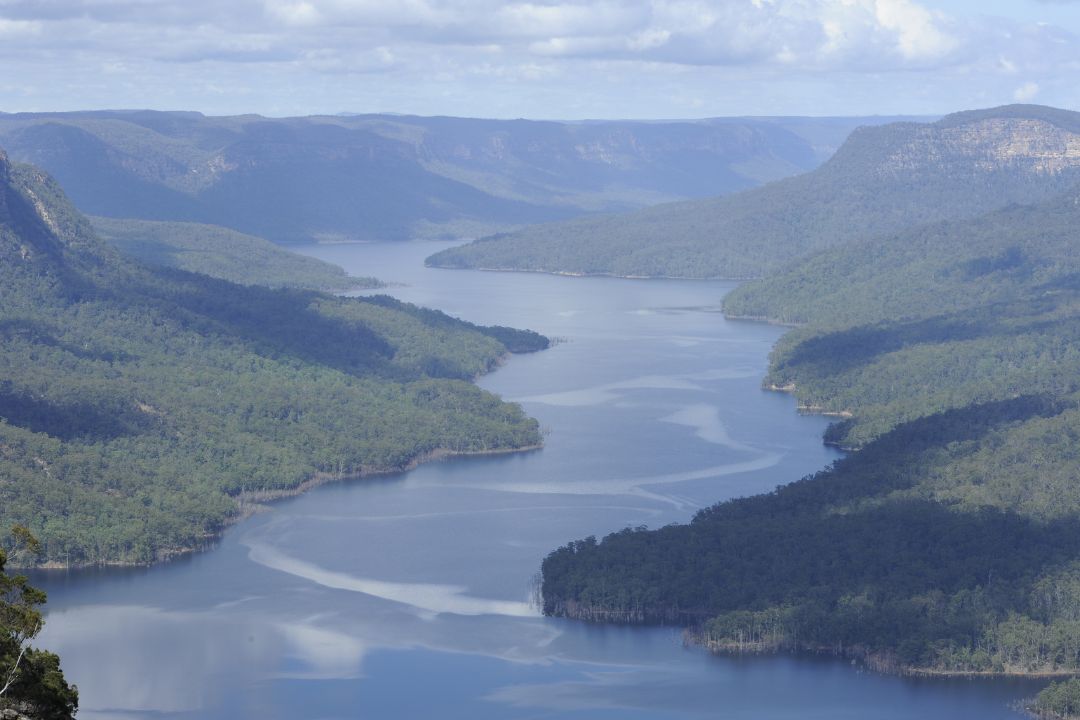
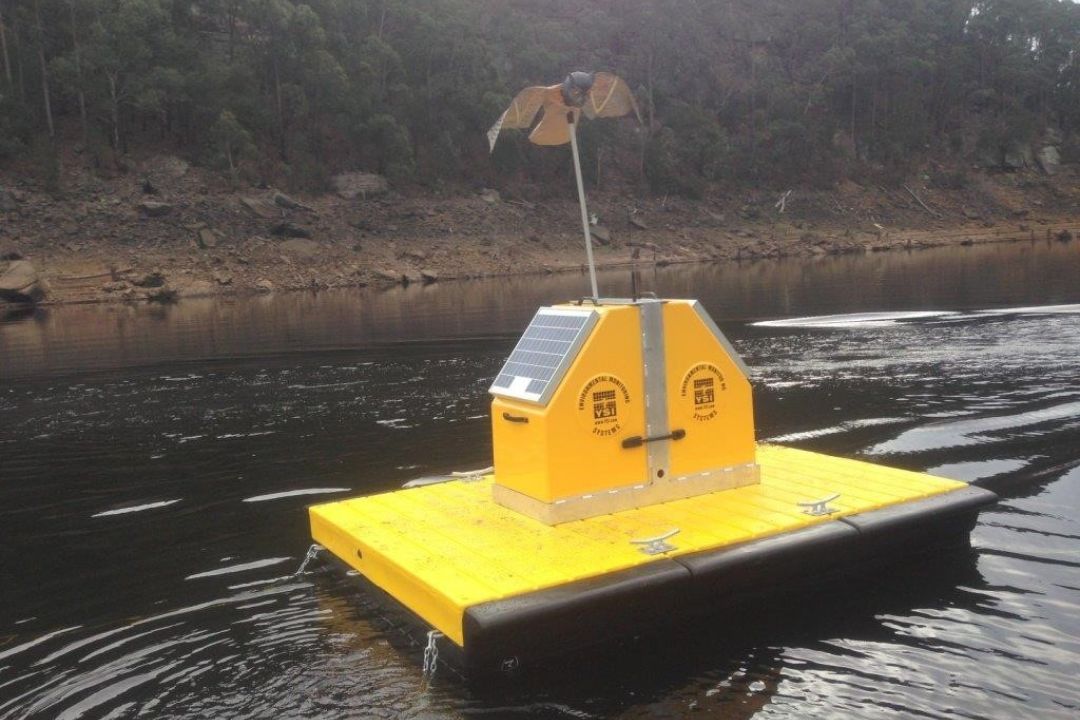
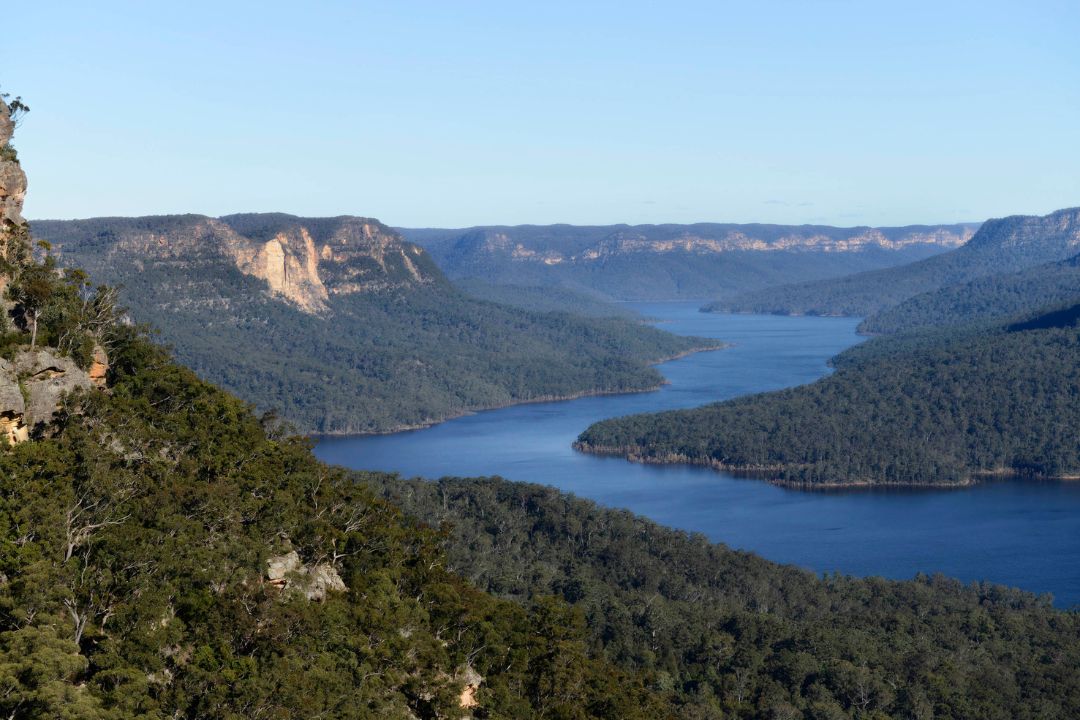
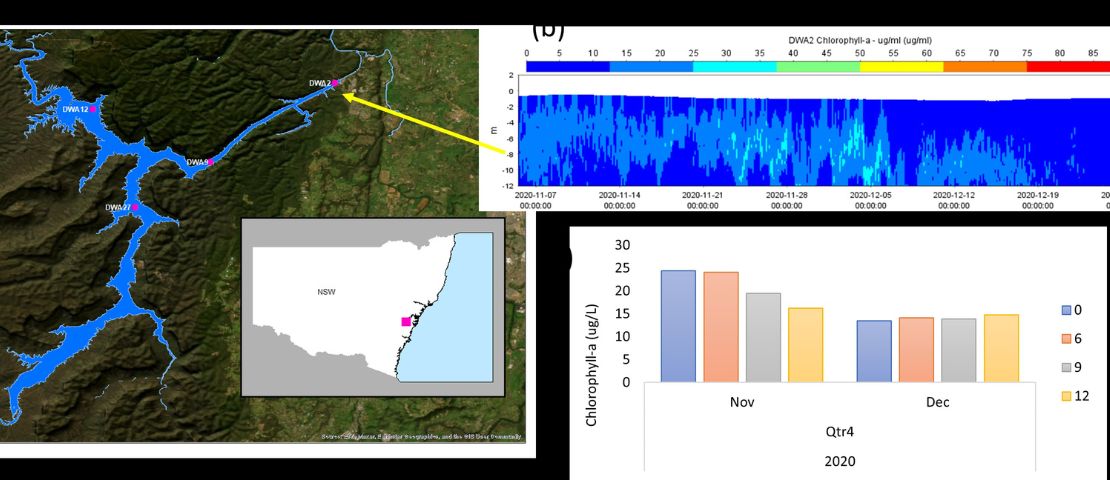
Related links
Published date: 15 August 2023
WaterNSW acknowledges the traditional custodians of the lands and waters on which we work and pay our respects to all elders past, present and emerging. Learn more
